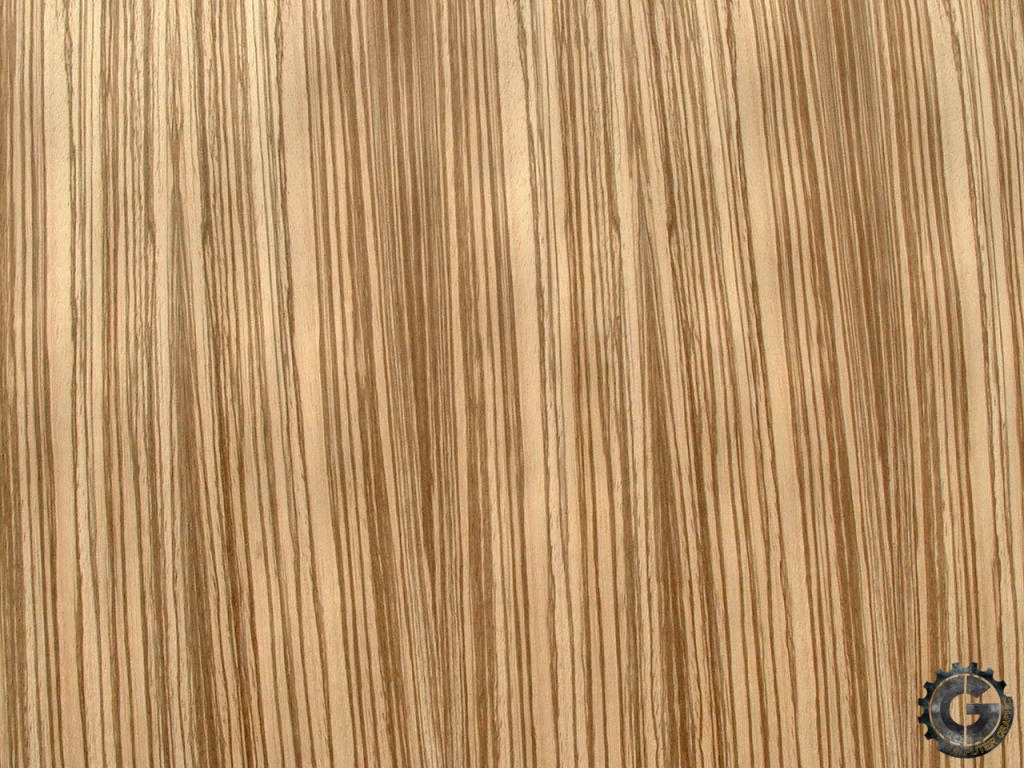
- #ASSIGNING TWO MATERIALS KEYSHOT 6 HOW TO#
- #ASSIGNING TWO MATERIALS KEYSHOT 6 PRO#
- #ASSIGNING TWO MATERIALS KEYSHOT 6 DOWNLOAD#
Isolating a texture using the C-key to activate the Color preview makes viewing your texture as you make edits significantly easier! Add it to your normal workflow if it isn’t already. With the Diffuse node selected, hit the C-key to enable the Color preview. To do this, right-click on the Material Graph workspace again and select Spots from the Textures menu and attach it to the Diffuse (dust layer) Opacity input. This is going to be the color of your dust, so pick a color or value that works best for you.Īt this point, we’re essentially going to mask out parts of the Diffuse layer to create a dust-like effect that will sit on the screen surface. Now, change the Diffuse layer Color to something a little closer to white. Then, connect the Diffuse node to the Label input of your parent material. Right-click the Material Graph workspace, go to Materials and select Diffuse from the menu. Next, select the surface you’d like to add dust to and open the Material Graph from the Project window, Material tab.
#ASSIGNING TWO MATERIALS KEYSHOT 6 DOWNLOAD#
To get started, open a model or download the one above to experiment with and get a closer look at the Material Graph. With this technique, you can do the same for adding other type of imperfections to surfaces as well. A subtle amount of dust can provide just enough realism to the product shot to make it look more convincing while a lot of dust can be used to create a truly weathered appearance. Using textures to add surface dust is a great starting point to create a more complex and intricate surface appearance for your future KeyShot projects.
#ASSIGNING TWO MATERIALS KEYSHOT 6 HOW TO#
Today, we’ll show how to do this using the Material Graph in KeyShot Pro. Some are quick, simple and to the point, while others are more involved, requiring many nodes within the KeyShot Material Graph. There are quite a few ways to add surface imperfections to your KeyShot scene. While it seems like surface dust doesn’t belong in a product shot, some like the added realism a little surface dust provides. keyshot keyshot tips floating dust Youtube If you’re interested in trying KeyShot Pro, just visit /try/keyshot. You can learn more about the Material Graph and Flakes in the KeyShot Manual. This trick is also a great way to add snow to your renderings and, if you add a little motion blur, you can even use this method to create rain effects in your KeyShot scenes. Adjust the settings so the entire scene is in focus but with enough depth of field that the flakes are blurred and appear more like floating dust. A little goes a long way, so start small, particularly if you don’t want a visible depth of field. The particles may not feel quite like dust, so in the Project Window, select the Camera tab and check the Depth of Field option. The amount to adjust each parameter will depend on personal preferences, so adjust them until you have a size and density you feel works best for your specific scene.

Adjust Flakes PropertiesĪt this point, adjust the Flakes Size and Density to decrease the flake’s visibility and make them seem more like floating specks. Now hit Execute Geometry Node (at the bottom of the Flake Properties) to see how the flakes look. Attach the new node to the Geometry input of your parent material. Right-click the workspace and select Geometry, then Flakes, from the menu. Add Flake Geometryĭouble-click the cube to display the Material Properties, then open the Material Graph. Once you have your material set, it’s time to add the flake geometry. When particles are not transparent, unlit areas may look too dark. A transparent material works well since light passes and bends through the particles making it less likely to have strange reflections or shadows. A transparent or cloudy plastic works well, but there are a variety of materials that can be used for dust. With your cube at proper scale, change the material to something that mimics dust particles as closely as possible. This is going to be the substrate for the floating dust. Scale the geometry so it envelopes the scene in your Camera View (just as you would when creating fog with scattering medium). A cube works well but a cylinder or sphere could be used also. Add Basic Geometryįirst, add a piece of geometry from the Library, Model tab.


To get started, open your scene in KeyShot. You can make it as dense or as subtle as you like to add just the right level of atmosphere.
#ASSIGNING TWO MATERIALS KEYSHOT 6 PRO#
With KeyShot, you can easily create a floating dust effect by enveloping your scene with basic geometry that has Flakes added using the KeyShot Pro Material Graph. But, what if you want a bit of dust floating in the air? As with any rendering, the little details add that extra bit of realism, and one way to add more detail to your scene is to add some atmosphere with floating dust. In our last quick tip, we looked at how to create surface dust in KeyShot.


 0 kommentar(er)
0 kommentar(er)
